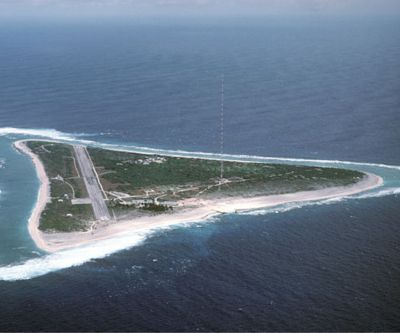
Japanese scientists from the country’s Marine-Earth Science Agency and the University of Tokyo have found a massive deposit of rare earths on the Pacific seabed that can be mined at a very low cost, and that would produce materials 20 to 30 times more concentrated than those coming from China, reports AFP.
The finding, in Japan’s exclusive economic zone by the island of Minami-Torishima, southeast of Tokyo, threatens to put an end to China’s monopoly on production of the highly demanded raw materials used in high-tech industries and advanced weapons.
Currently, China is responsible for more than 95% of the global supply of rare earths, occupying a position not too dissimilar to that enjoyed by OPEC with respect to oil.
Beijing’s control of rare earth supplies is of serious concern to nations such as the US and Japan, whose high-tech and defence industries are heavily dependent upon access to such materials.
In fact, the nation shocked the world in 2009, when it suddenly began restricting rare earth exports, prompting protests and legal complaints by the US, Japan and the European Union at the World Trade Organization.
China claimed that it was clamping down on illegal mining and environmental abuse, adding the export restrictions were necessary in order to maintain domestic demand.
Japan consumes half the world’s rare earth metals in its electronics, cars and environmental industries, a reason why it has been struggling to find other sources, with projects that so far have yielded only lighter rare earths.
Exploration around the island of Minami-Torishima will continue for another two years before scaling up towards production. If Japan can find a cost-effective way of extracting the vast amount of minerals buried about 20,000 feet below the surface of the ocean, experts estimate the Asian country will have access to about 6.8 million tonnes of rare earths, equivalent to 230 years of local demand for the materials.
Photo: CMSGT Don Sutherland, US Navy, via Wikimedia Commons